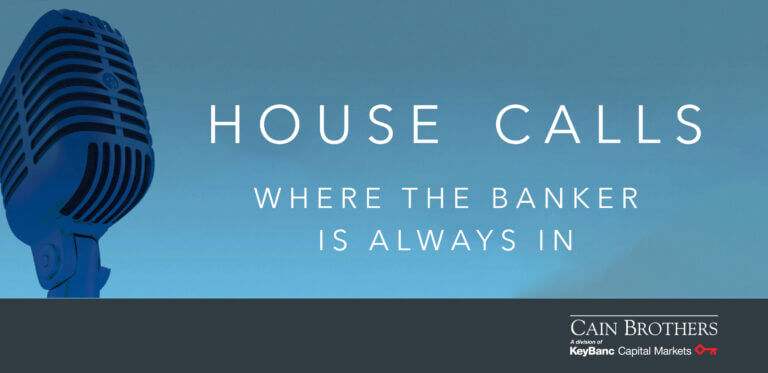October 13, 2021

The Real Test of Health Literacy
Well, maybe people are little more informed about their health benefits and a little more health literate than I thought. Maybe.
Sowing that seed of doubt in my mind is the new 2021 Workplace Wellness Survey conducted by the Employee Benefit Research Institute and Greenwald Research. You can download 33 pages of survey results here.
The findings give people with employer-sponsored health insurance a little more credit than I did in a recent podcast, “Are Employer and Employee Health Benefits Falling in Line?” and a recent column, “Health Literacy: Assembly Required.”
The findings are based on a survey of 2,016 full- and part-time employees in the U.S. Ninety percent of the respondents obtained their health benefits through an employer or union directly or indirectly.
Of the benefits they receive through an employer or union, employees said they understand their health benefits more than other types of benefits offered. Sixty-nine percent said they understand their health benefits “extremely” or “very” well compared with benefits to help financial well-being (55 percent), benefits to help emotional well-being (54 percent) and voluntary or supplemental benefits (53 percent).
Further, 65 percent of the respondents described themselves as being “extremely” or “very” confident in their ability to make informed decisions about their employee benefits, including health coverage.
Understanding and confidence, apparently, translate into satisfaction as 63 percent of the respondents said they were “extremely” or “very” satisfied with their health insurance. Another 28 percent said that they were “somewhat” satisfied with their health insurance.
It’s at this point in reading the EBRI/Greenwald report that I asked myself, “Who are these people?” Are two-thirds of any group of employees anywhere satisfied with anything that its company does? Other than free coffee, I can’t think of anything.
But my faith was restored after getting to sections of the report that talked about affordability of health benefits. People may understand their health benefits, have confidence in picking them and be satisfied with them, but that doesn’t make medical care cheap.
Thirty-three percent of the respondents said their healthcare costs increased this year with 21 percent citing medical- or health-related debt as a “major problem.”
Of those who experienced higher healthcare costs this year:
- 48 percent said they delayed going to the doctor
- 48 percent said they increased their credit card debt
- 46 percent said they took out a loan or made a withdrawal from their retirement plan
- 42 percent said they had difficulties paying for basic necessities
- 40 percent said they had difficulties paying other bills
In my opinion, the real question raised by the EBRI/Greenwald survey is at what point does medical care get so expensive and so unaffordable that employees are “extremely” or “very” dissatisfied with health benefits offered by their employers and demand change?
That will be the real test of health literacy—knowing that you’re paying too much for too little.
Thanks for reading.





